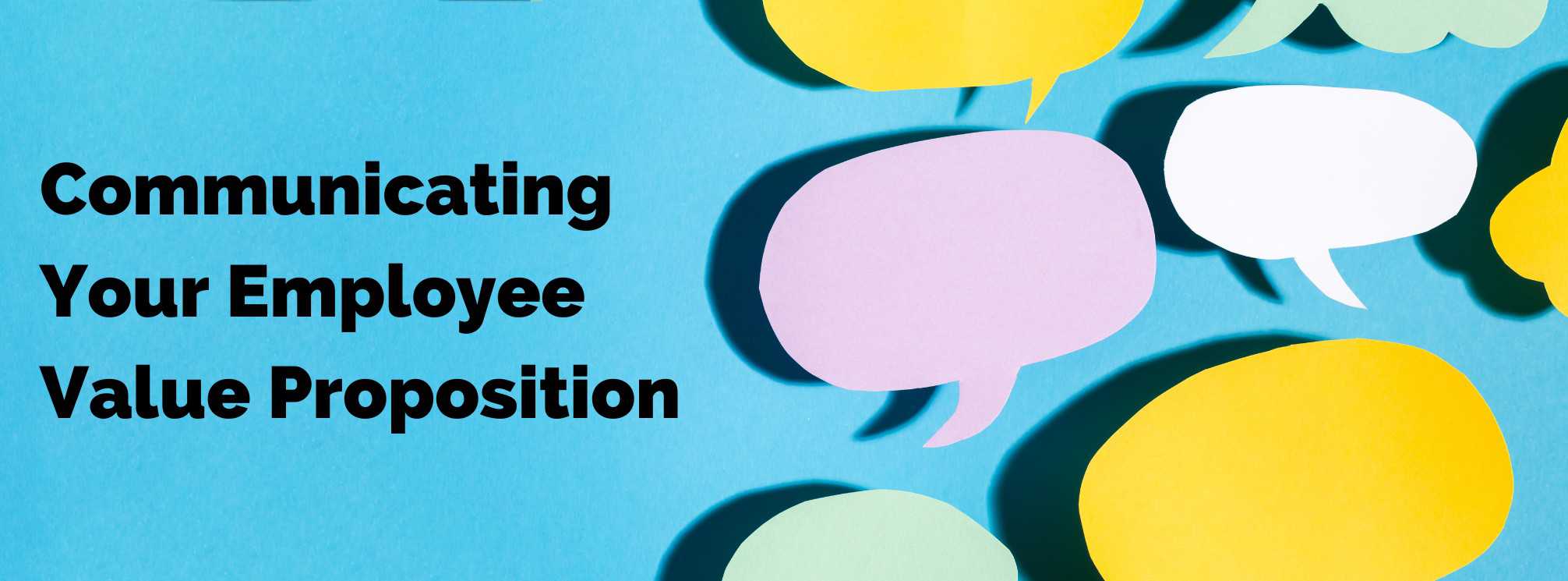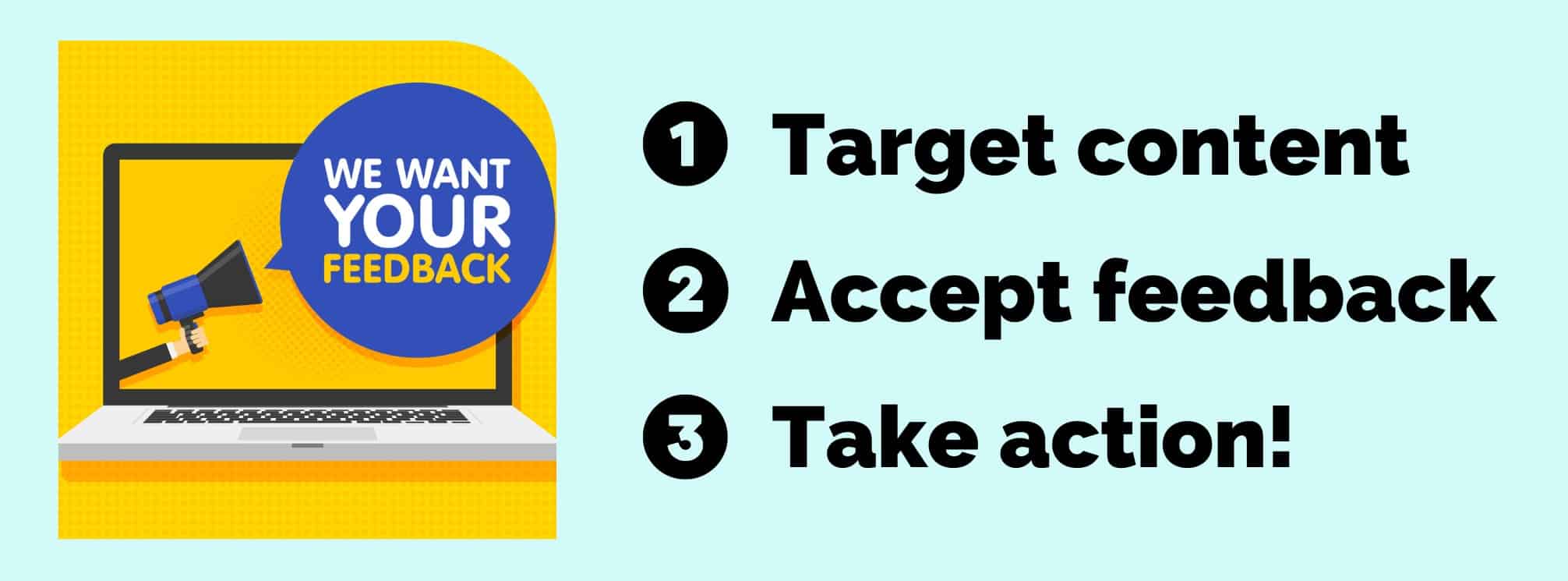Last updated on March 7, 2024 at 12:33 pm
In this competitive landscape, attracting and retaining top talent is a challenge that keeps many business leaders awake at night. So, what’s the secret to standing out from the crowd? It’s called an Employee Value Proposition (EVP), and it’s the ultimate magnet for talent. In this blog, we’ll dive into what EVPs are and, more importantly, why they are essential for companies to thrive in the competitive landscape.
What is an Employee Value Proposition (EVP)?
Let’s start with a basic introduction to what an EVP is.
An employee value proposition is the unique package of benefits, rewards, and opportunities that a company offers to employees. Essentially, an EVP is what sets an employer apart from other companies and makes them an attractive workplace.
You can imagine the employee value proposition as a promise to employees. It’s their value guarantee to employees who apply to work for them. This can include things like:
- Competitive pay
- Meaningful work
- A great company culture
- Development opportunities
- Other perks (flexibility, remote work, etc.)
What Are the Pillars of an Employee Value Proposition?
Guild Education breaks an employee value proposition into five pillars. This can help your business create a more robust EVP that supports employees in multiple ways.
Their five pillars are:
- Compensation.
- Total rewards package.
- Career growth opportunities.
- Giving back/philanthropy.
- Culture.
The trick is to learn how your company is different from other companies in these five areas. Are your social and philanthropic contributions significant? Are you a Great Place to Work? Is there something new or different about your total rewards package?
Find those things that make you unique, and stress them when you communicate about your employee value proposition.

Why Companies Need an EVP
An employee value proposition is important for attracting new hires and retaining your talent. If you were advertising your company, this is the hook. The benefit. The why.
It’s like saying, “Here’s what we bring to the table. Come work with us, and we’ll provide you with a fulfilling career, great benefits, and a supportive environment.”
And the more specific you are with your EVP and unique in what you offer, the more likely you’ll attract employees and keep them around.
Companies with strong value propositions also tend to have higher employee satisfaction and employee engagement rates.
And this is a strategy you can feel great about. It’s a win-win for everyone. Employees get what they want from their job. And employers benefit from higher retention and a more motivated workforce.

How to Create Your Company’s Value Proposition
How do you go about creating a unique employee value proposition? Just like choosing values, avoid being generic because that won’t help you stand out or be as authentic to your business. It should be a unique mix of offerings that only your company can provide.
Here’s a step-by-step guide to get started:
- Know your company’s identity. Everything should come back to your mission and values, right? Your EVP is no different. In fact, your mission and values are a vital component of your EVP.
- Listen to your people. Ask your employees what value they get from working for you. What makes you special? This will help you understand what you already do well…or could improve.
- Identify your strengths. Where do you shine? Not all companies are going to be equally strong in all of the five pillars. Find the places where you stand out and focus there.
- Analyze your competitors. Learn what your competition has to offer. Find out what sets you apart from them. If you learn that you aren’t offering something as compelling, this could be a wake-up call.
- Be authentic, specific, and relevant. Tailor your EVP to your employees and what they care about. And always be authentic. Don’t say you offer something that you can’t deliver. That is a surefire way to ruin the employee experience and hurt your reputation.
- Test and refine. Creating your EVP should be an ongoing process. As your company evolves and the job market changes, so should your EVP. Regularly assess and fine-tune your value proposition to make sure it remains compelling.
Who is Responsible For Creating Your Employee Value Proposition
Although you might assume this is HR’s territory, creating your employee value proposition should be collaborative. You should involve:
- Human Resources. HR is usually at the forefront of shaping the EVP. They have a deep understanding of the overall talent strategy and are responsible for recruitment, onboarding, and employee development.
- Marketing. The marketing department helps translate the EVP into a compelling message for external audiences. They’re skilled at highlighting the unique selling points of the company and can effectively convey the EVP to attract top talent.
- Internal Communications. Internal comms can help craft the EVP’s language, tone, and visual elements to ensure consistency across various communication channels. They will be responsible for communicating the employee value proposition to existing employees.
- The Executive Team. The leadership team plays a crucial role in defining the overall direction and strategic goals of the company. They provide insights into the organization’s mission, values, and long-term vision, which shape the EVP.
- People Managers. Department managers and ops leaders can contribute by sharing their knowledge of the day-to-day work environment. They can also provide input on factors like team dynamics, growth opportunities, work-life balance, and other operational aspects that impact your EVP.
Involving multiple departments ensures your EVP is a comprehensive and well-rounded representation of the company’s offerings. Different departments bring diverse perspectives and expertise, which enriches the EVP creation process.

How to Communicate Your EVP to Employees
Once you define (or update!) your employee value proposition, you have to get the word out. Marketing and HR will handle including the EVP in open job listings. But it’s up to internal comms to share it with existing employees.
Some effective ways to get the word out include:
- Using a mix of internal communications channels to ensure you reach everyone.
- Include your employee value proposition in town hall meetings (like you would your mission/values).
- Reiterate your EVP during onboarding and connect employees to resources that allow them to take advantage of your offerings.
- Share employee testimonials to encourage other employees to take advantage of what you offer.
To create your ongoing EVP campaign, we’ve broken down a few best practices.
1. Set Realistic Goals
Like with any campaign, you have to start with goals. What are you trying to achieve by communicating what your employee value proposition is? And what tactics are going to help you get there?
Map out your goals to create accountability around the plan. But make sure that your goals are realistic. For instance, will you ever have 100% participation in your amazing volunteer program? Maybe not, and that’s okay!
2. Target Your Message to Employee Groups
We’ve already mentioned that it’s important for your employee value proposition to be authentic, targeted, and relevant. And we can’t stress that enough.
Just like any employee communication you send, you should tailor the message to the group you’re speaking to. For instance:
- Managers will need a very different communication campaign than others because they’re also responsible for reinforcing the message.
- Part-time employees or contract workers might not have the same benefits as everyone else, so they would need a version of the message that shares what benefits they do have access to. But sharing the list of benefits a full-time worker has with them might not feel good.
- New hires might need more information than tenured employees who have received these messages before.

3. Be Willing to Accept Feedback
As we’ve said, your EVP should evolve. And one of the most important signals you should listen to is employee feedback. Don’t wait for employees to complain or compliment your EVP, go out of your way to ask them.
- Is your employee value proposition still competitive?
- What have you started doing well that other employees should know about?
- Are there any promises you’ve made that aren’t being realized?
4. Track Your Impact & Adapt!
In addition to employee feedback, you should follow the data. Are your communications about your employee value proposition getting engagement? Or do you need to change tact and mix things up?
Are you making a meaningful impact on retention or are employees quitting without knowing all the benefits available to them?
Data will tell you things that your employees might be afraid to tell you.
Don’t Wait to Create or Update Your EVP
Maybe you don’t have a clearly defined employee value proposition yet. Or maybe it’s just been a long time since you’ve looked at yours. Either way, don’t wait to take action.
Having a clear EVP can make all the difference when it comes to retaining top talent. Not to mention, with high employee burnout and worker well-being suffering, focusing on the value you provide your teams can help get things back on track.
About the Author
Sydney Lauro is the Demand Generation Manager for theEMPLOYEEapp. Before joining the team at theEMPLOYEEapp, Sydney worked in internal communications for Chipotle Mexican Grill. She uses her internal comms expertise and passion for improving communication and the employee experience to create content and share best practices to help other communications professionals.
Subscribe To The theEMPLOYEEapp Newsletter
Comments are closed.




